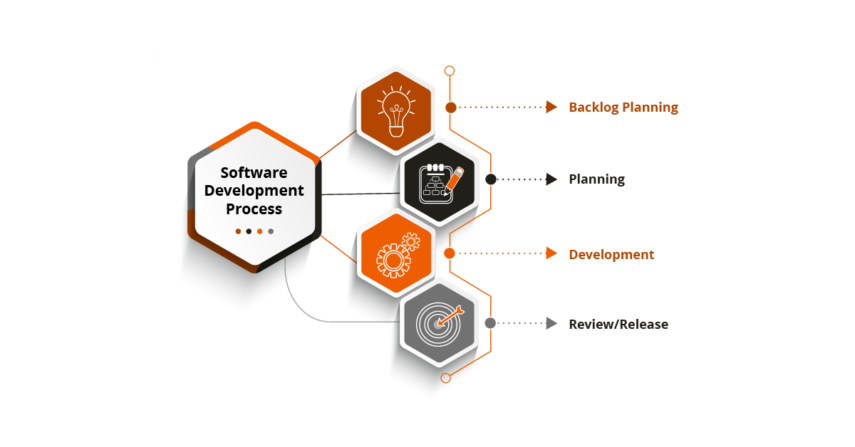This article is looking to provide more insight of how a team, which is a shared resource, can utilize its productivity and maintain good ways of collaborating with others towards building great end-products.
This software development process’ goal is to outline good practices that can be followed, in order to produce good quality releases, coming out of shared team’s efforts.
This is mandatory when more teams rely on a shared one. The complexity of the team’s purpose requires perfect synchronization within the team and in communication with other teams.
Success is measured by accounting all parts of a solution.
A requirement for stable and quality releases is knowing WHEN exactly you are releasing.
Having a release schedule helps massively to achieve this.
That should be best laid down by your shared team, you can:
- Prioritize releases needed by other teams after discussions take place.
- Categorize release type – minor, major, hotfix.
- Start working on new releases at the beginning of a sprint (depends on company preference)..
- Release at the end of sprints (depends on company preference).
- Create change logs.
- Consisting of items requested for this release and also – already defined, in-progress and completed items from the last Production release.
- Create release notes.
Your team also needs to know WHAT exactly you are releasing.
For this matter you can make your work easier by having a dependency matrix, where you can cross existing internal/external softwares and how they depend on each other.
After everything regarding the release is set and agreed on, your team needs to know HOW exactly you are approaching it, so you:
- Allocate NEEDED time for TESTING.
- Do smoke testing.
- Prioritize bugs (defects) and features (user stories).
- Discuss major bugs discovered with the parties concerned over the release, if the fix MAY push the release date.
- Do not get minor bugs discovered into the release if that MAY push the release date.
- Discuss possible implementation of features that come after the release process starts, with parties concerned.

